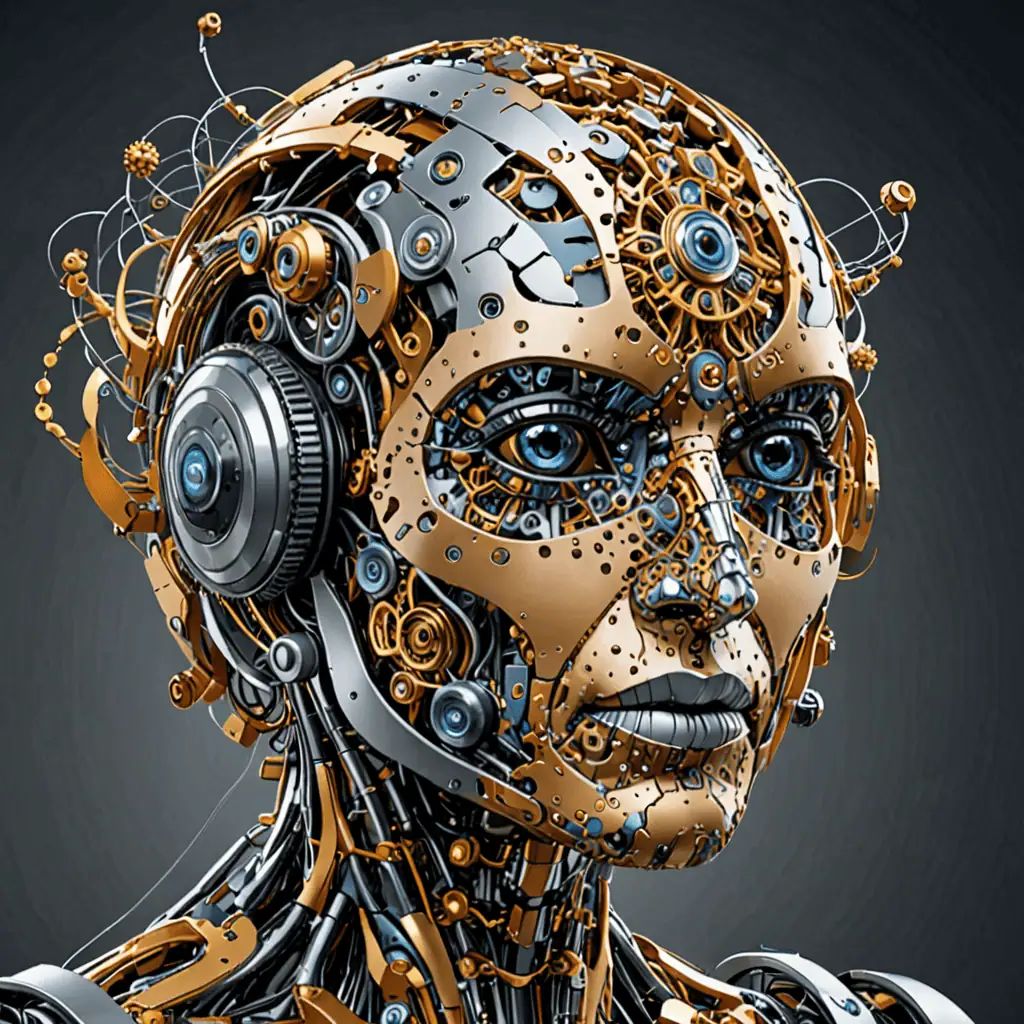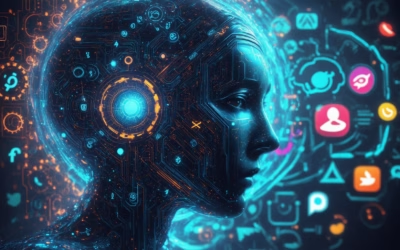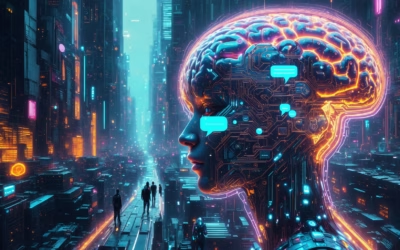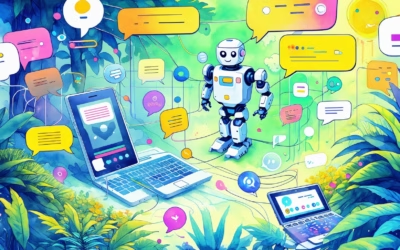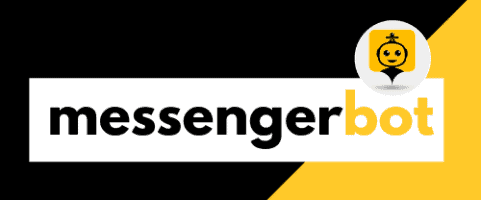In an increasingly interconnected world, bridging the language gap has become vital for businesses aiming to captivate a global audience. The advent of multilingual messenger bots stands as a testament to this necessity, promising to transform the way we engage with customers beyond borders. In this exploration, we delve into the potent reach of these linguistic wizards, seeking to understand how they can expand your market presence to previously untapped demographics. Yet, everything has its flip side, and we’ll confront the shortcomings that these digital interlocutors carry. We question whether mastery of multiple languages is a must for an effective chatbot and how this burgeoning technology is reshaping the landscape of customer service. From the intricate mechanics of their operation to the sweeping enhancements they bring to customer interactions, join us as we decode the magic behind multilingual chatbots and the multi-faceted enrichment they promise for businesses and consumers alike.
How can a multilingual chatbot help to reach a vast audience?
- ✅ Extends reach across language barriers
- 🌍 Tailors customer experiences globally
- 🚀 Automates interaction in multiple languages
When we embrace the capabilities of a multilingual chatbot, we’re not just crossing geographical borders; we’re making connections that were previously inhibited by language barriers. By offering support and engagement in several languages, a brand indicates to users worldwide that their business is truly accessible. This doesn’t just elevate user experience, it expands it to corners of the globe where English or a single language isn’t the norm. For us at Messenger Bot, knowing that your audience can interact with your brand in their native tongue is a game-changer, leading to increased customer satisfaction and a broader market reach.
What are the disadvantages of chatbots for customers?
- ⚠️ Lack of human empathy
- ❓ May struggle with complex queries
- 🔄 Some prefer traditional human interaction
It’s important we’re upfront about potential drawbacks: chatbots are not perfect. At times, customers may miss the nuanced understanding a human can offer. Complex queries can also throw a spanner in the works, rendering chatbots occasionally helpless in the face of intricacy or ambiguity. Additionally, the familiarity of human-like conversation is sometimes lost, which can lead to feelings of disconnect. However, it’s paramount for us to turn every challenge into an opportunity to improve —our algorithm is continuously learning to enhance interactions that resonate on a human level.
Should chatbot know multiple languages?
It’s not just beneficial, it’s increasingly becoming a requirement. In a world where cultural diversity is celebrated, and internet accessibility is widespread, a chatbot’s ability to communicate in the native language of the user isn’t just a perk—it’s a necessity. Our platform offers a polyglot-friendly edge, enabling you to cater to many users’ language preferences. We understand the power of a ‘hello’ in one’s own language — it can open the doors to meaningful engagements and turn potential customers into loyal ones.
How are chatbots changing customer service?
- 🔄 Transforming response times
- 💡 Providing data-driven insights
- 💼 Engaging proactively with customers
The advent of chatbots has ushered in a revolutionary way of thinking about customer service. Swift responses at any time of day shift the customer’s experience from the traditional que-and-wait approach to instant satisfaction. Moreover, the barrage of data gleaned from each interaction allows us to tailor services and products more effectively. Take Messenger Bot, for instance; proactive engagement isn’t just a buzzword for us—it’s how we ensure that your customer feels seen and heard before they even make a request.
How do multilingual chatbots work?
A sophisticated blend of natural language processing (NLP) and AI allows our multilingual chatbots to seamlessly interact in numerous languages. Much like an adept linguist, it understands nuances and colloquialisms that make daily conversations feel as natural as possible. The secret? Algorithms that don’t just translate, but comprehend context, making engagements with users fluid and less robotic. Think of Messenger Bot as an international envoy for your brand, equipped with linguistic skills to match the diversity of your customers.
How do chatbots improve the customer service experience for everyone involved?
- ⏱️ Quicker resolutions
- 🕊️ Reduces human error
- 📈 Augments efficiency
When we say chatbots enhance customer service, we’re considering both sides of the exchange. Customers relish the autonomy and instantaneity; gone are the prolonged wait times and pesky hold music. For businesses, the minimization of human error and around-the-clock functionality reduces operational constraints and stress on human staff. This dual-edged benefit galvanizes customer satisfaction rates and operational productivity. Messenger Bot is constantly evolving to bridge any disconnect and foster an ecosystem where customer service experience reigns supreme.
It’s time to transcend traditional communication methods and evolve with your customer’s needs. As you consider the endless possibilities of integrating a multilingual chatbot into your engagement strategy, we stand ready to support and scale your visions of global outreach. Imagine boosting your international customer engagement effortlessly with Messenger Bot’s advanced chat solutions. Now, take action and seize this digital revolution by embarking on a free trial today and witness firsthand the transformative power of multilingual messenger bots.

